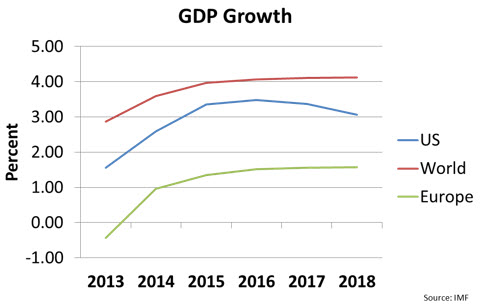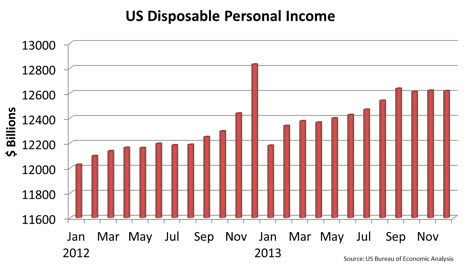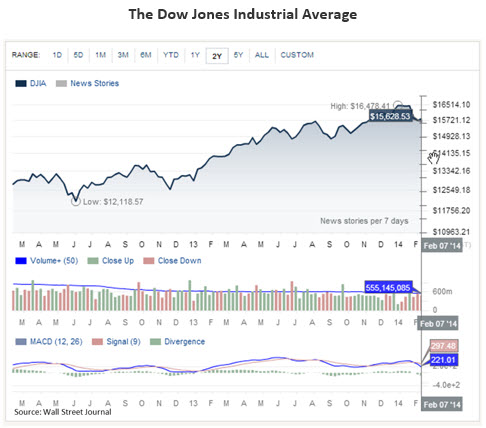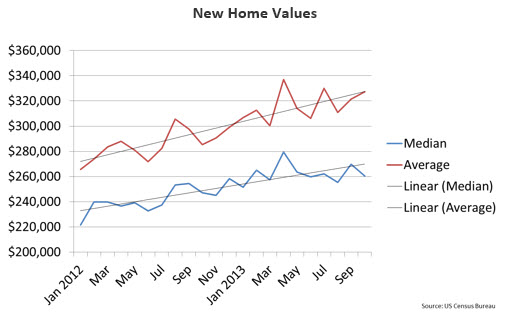The North American Market’s Strength
Consumers are now spending more money than they have in the past five years, which accounts for the North American market’s strength. Here are the facts and figures.
In the last six months of 2013, the US economy experienced some of the strongest growth it has seen in a decade. On a year-over-year basis, the Gross Domestic Product (GDP) grew 4.1% in Q3 and 2.4% in Q4. The combined increase was 3.25% growth in the second half of the year, despite some strong headwinds, versus 1.8% growth in the first half of 2013.
GDP growth is expected to continue improving slowly over the next five years, both in the United States and Europe. Improvement in the European economies will help US exports and, ultimately, the US economy.
Growth in the GDP is primarily driven by consumer spending. Consumer spending averages approximately 70% of the GDP in the US. So why are consumers now inclined to spend more money?
A number of factors are enticing consumers to spend more money. The first factor is disposable income.
Disposable income (DI) has been steadily climbing since the end of the Great Recession. This income is money that is left over (after buying food, paying the rent, etc.) to buy discretionary items such as electronics, a new car, or designer jeans. DI was up 14% over the last two years and 5% in 2013. The growth of DI is partially due to the growth of jobs, partially to increasing salaries, partially to low inflation, and partially to the improving stock market.
The stock markets in the US have been on a tear over the last two years. Although they have their normal ups and downs, the Dow has climbed 18% over the last 12 months. This is putting more disposable income in consumers’ hands, improving their retirement accounts, and improving their perceptions of their own wealth.
Another reason people are optimistic is new housing starts.
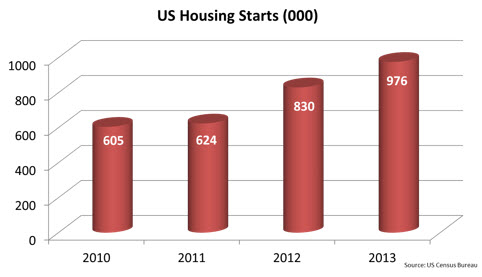
After a high of 1.4 million housing starts in 2007, they fell off drastically in 2008 and 2009. Housing starts have been steadily increasing since 2010 and increased 18% in 2013 to almost one million starts. Housing starts are significant because new homes require HVAC systems, appliances, and building materials, and employ construction workers, so this can be a large boost to the economy and to consumer confidence in the economy. Also, growth in housing starts usually indicates that housing prices are rising, as is the case.
New home values have risen 19% over the last two years and existing home sale prices are also up. Although this has not completely undone the damage that resulted from the mortgage crisis in all geographic areas, it has helped consumers feel more financially sound and optimistic. With these feelings comes a greater propensity to spend money.
The result of all these factors is that consumer confidence is up.
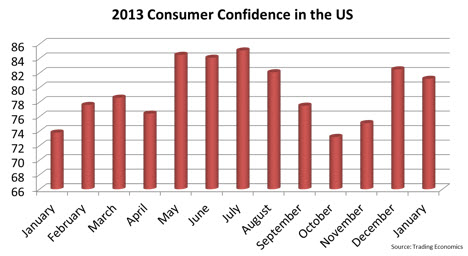
Consumer confidence reached a record low point in 2008 of 55.3. In 2009 and late 2012, confidence reached almost the same lows. For the last two years, however, consumer confidence has stayed above 72, which reflects a fairly positive outlook by the American public. When consumer confidence is up, people spend money and drive the economy.
Prospects for 2014
GDP growth in the US is expected to come in at about 3% for the year. It will probably start lower, given the severe weather in January and February, and then improve throughout the year.
- The automotive market is expected to continue growing at a healthy pace in 2014, driven by pent-up demand for new cars (the average age of cars on the road today is more than 11 years) and an improving economy. Growth in the automotive market drives demand for industrial products, so that market is also expected to do well.
- The housing market is expected to continue to improve in 2014, which will drive demand for consumer goods.
Bishop & Associates projects the worldwide market for connectors to grow 6.7% in 2014 to $52.2 billion.
[hr]
No part of this article may be used without the permission of Bishop & Associates Inc. If you would like to receive additional news about the connector industry, register here. You may also contact us at [email protected] or by calling 630.443.2702.
- State of the Industry: 2022-2023 Connector Sales - April 16, 2024
- Amphenol is On a Roll - April 2, 2024
- Nicomatic Proves That Two Heads are Better Than One - March 26, 2024
